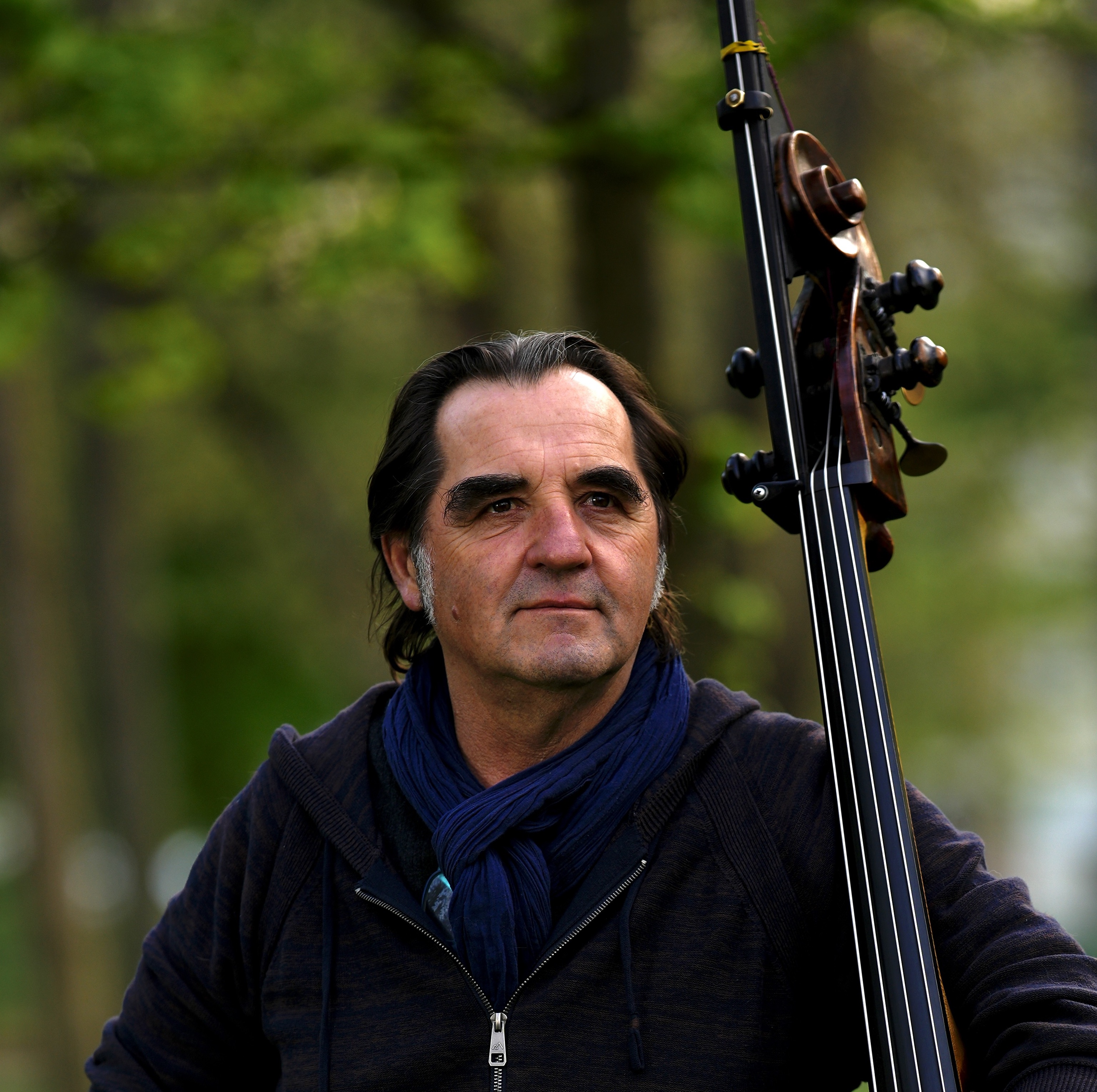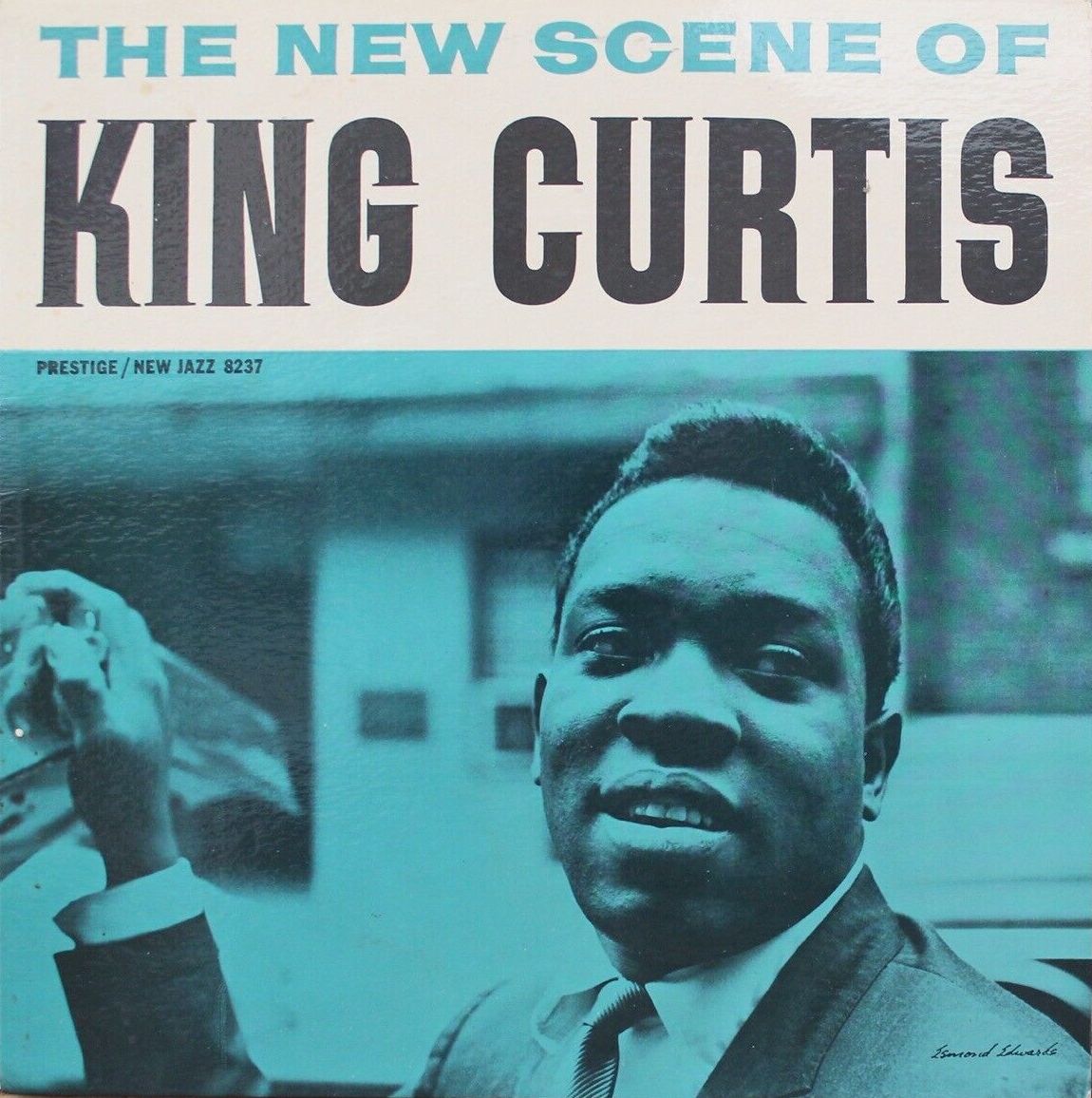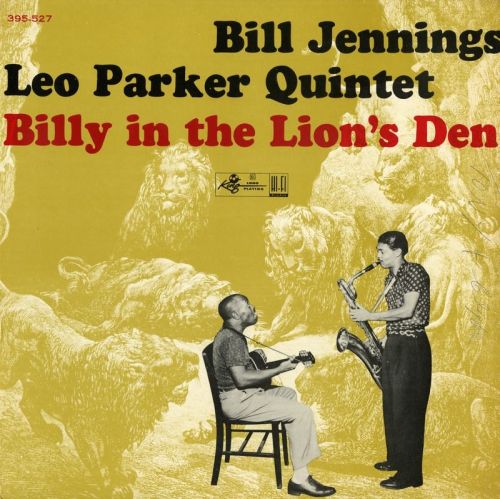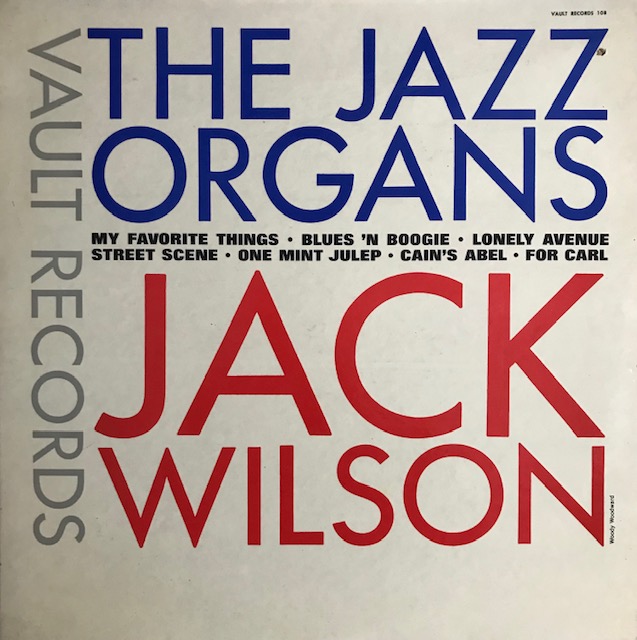Nowadays Pierre Boussaguet writes arrangements for classical ballets and is finishing a record of songs and lyrics besides being a bassist steeped in mainstream jazz. He reflects on the many lessons that he has learned from giants and friends like Ray Brown, Jimmy Woode, Guy Lafitte and Tete Montoliu. “Thank you is not enough to express the feelings of gratitude that I’ve been having the last few years.”
Klook. Baron. Little Bird. Mr. Five by Five. Social intercourse among giants of jazz required nicknames that were invented with the typical playfulness and spontaneity of the jazz artist. When Americans were in Europe, they often made up aka’s for their European disciples. One such disciple, French bassist Pierre Boussaguet, was on tour with Monty Alexander in Japan in 1986. Harry “Sweets” Edison was the special guest. Boussaguet and Edison had never met before and said hello shortly before the start of the show. Suddenly, during the concert, Edison said to Pierre, “give me a B flat, please” and they went into I Wish I Knew. At the end of the tune, the trumpeter approached Boussaguet and said, “hey, by the way, I don’t remember your name, what’s your name again?” Boussaguet repeated it but Edison still didn’t understand. He said, “You French, right? Ok, I got it.” He took the microphone and said, “Ladies and gentlemen, on bass we have Mr. Charles de Gaulle” in that typical Americanized French tongue. Everybody cracked up. Since that day, Boussaguet went by the nickname of “Charles de Gaulle”.When Boussaguet was born in Albi in 1960, “General” de Gaulle had just started his presidency of the Fifth Republic. Unlike De Gaulle, who was met with great distrust from the American liberators, Boussaguet turned into a dependable and exceptional colleague and friend of American jazz greats, which finally teached him everything he needed to know about jazz. A long journey, that started in that medium-sized town in the South of France, where Boussaguet played accordion as a kid in a family that was non-musical except as fans of music for dancing. One day, Boussaguet was invited to a jazz concert by a friend. A life-changing event. “It was a performance by Ray Bryant and it was a shock! I was enthralled by Jimmy Rowser. I grabbed the arm of my friend and said, “that’s it, that’s what I will be doing!”. It was the first time that I saw an upright bass. The first time I heard a walking bass line. I had no idea what the heck he was doing.”
Lots of great Jimmy’s out there. Another bassist, the great Jimmy Woode, turned out to be a game-changing mentor. After a cautious start with raggedy upright basses and bits of classical schooling, the talented Boussaguet finally came around to playing professionally with a local quintet. As fate would have it, he met Woode at a festival in his hometown Albi. “We were on the same bill. Woode played with Sweets, Dolo Coker, John Collins and Alvin Queen. I gathered courage to approach Woode with a cassette of our quintet and asked if he would accept it to take a listen and get back to me by letter. Unfortunately, there was no answer so I assumed that he had forgotten all about it. Then after four months I ran into him at another festival nearby. There were Sweets, Benny Carter, Oliver Jackson. I didn’t dare say hi to those guys! Suddenly, when I passed by, Woode said, “hey hold it, that’s my man with the cassette!” It turned out that his wallet had been stolen after the Albi gig on the train and that he was unable to get into contact. In fact, Woode had listened to the tape and he invited me to his home in Zürich, said I had potential but needed a teacher. I was in Zürich for ten days. It was marvelous. A great man.”
Paris. Darkness and light just that little bit more melancholic and vivacious than in other cities. Headstrong metropole. Post-war cross-pollination with the USA. Sartre and his turtleneck sweater philosophy. The ‘Parisienne look’ an international fashion phenomenon. Jazz town with a capital J. Miles Davis and Juliette Gréco strolling along the Seine. Home to many of the greatest. Sidney Bechet. Kenny Clarke at Le Chat Qui Pêche. Smoke mingling with Pierre Michelot’s warm-blooded bounce. Godard creating swinging movies. Talking turkey the essence on approximately three thousand inner city patios. Magnet for aspiring artists. Here, Pierre Boussaguet lives about six months per year. He went there in 1985, burgeoning bassist, trying to make a break. “Almost nowhere else to go. Juan-les-Pins and Nice? Yes, there were the festivals of course. But France is a very centralized country. That’s not a political opinion but just an observation. It’s different in Germany, for instance. There you have different jazz centers like Berlin, Frankfurt and Hamburg.”
“Paris has been my home jazz base for a lifetime where I played with all those great guys I had met, Ray Brown, Benny Carter, Roy Hargrove. It’s a great place to have as a springboard to the rest of Europe. Let me tell you how I met Ray Brown. He was friends with Marc Hemmeler, a great French pianist. That’s how we met. Later on, I had dared to call him on the phone when he was in Zürich for two weeks in 1985. So, here I am half a year later, on tour with Charlie Byrd in Zürich. I had to make do with a bass from over there but it was unplayable, a mess. Earlier on I had seen the program and the band from Monty Alexander, Ray Brown and Herb Ellis was playing before us. Charlie apparently was the big name over there. So, Charlie said to me to tell Ray about the bass. When I met Ray he said, “good to see you, now I have a chance to hear you, you have an axe?” I told him about my problem. Ray commented on ‘that piece of shit’ and said for me to take his bass. I played it backstage. Herb heard me and sent for Ray. Ray said, “ok, you play like me, I will listen to the gig” and afterward he said, “this was a great chance to hear how I sound up there!” Then in the hotel, we had drinks and he said, “ok, Pierre, second lesson tomorrow! 8:30 in the morning sharp! You’re talented and progressed since last year.” I was at his room the next morning. The rest is history. We created the Two Bass Hits group. We became very good friends, called each other all the time just to have a chat.”
(Jimmy Woode; Ray Brown; Guy Lafitte, Pierre Boussaguet & producer Jean-Michel Reisser “Beethoven”; About Guy Lafitte: To me Guy has one of the greatest sounds on tenor in the history of jazz. We are from the South, share the same sense of melancholy and feelings for nature. He was like a second father to me and regarded me as his son.”)In the 1990s, Boussaguet made a name for himself in New York and sealed a solid international reputation. He played and recorded with Clark Terry, Ray Brown, Monty Alexander, Joe Pass, Guy Lafitte, Milt Jackson and Wynton Marsalis. Strikingly, duo and trio settings are omnipresent in his discography. Carefully planned career path? Boussaguet, in his charming French-American accent, to settle it once and for all remarking that once he starts talking he never stops, explains: “No, it’s not a consciously planned thing at all. After a while I realized that I had achieved a lot of duets especially. I love that setting. The element of risk is involved. You’re trained to cover up missing notes, but that’s totally wrong in that concept. What you need to do is use the space, accept it and find the soul notes. It’s about melodic playing. I learned a lesson from Jimmy Woode about playing in different settings. After a gig in 1989 he said to me, “I have a question for you, Pierre. I don’t get it, you’re in a quartet but play as if you’re in a trio.” I thought, oh shit, yeah? He made me realize that you need to be aware of the concept that you’re playing in, whether it’s duo, trio, quintet or big band.”
“I think I’m doing what the old jazz men did. I prefer to hear the music over and over again and not think about notes and details. Get an impression as deep as I can about the general feeling and meaning.”
The University of the Streets, as legends used to call it. Trusting your ears, trusting the elders, trusting the years on the road. Self-declared part of the last generation that had ample opportunity to play with the biggest names in classic jazz, Boussaguet reflects on some of his career-defining associations. He’ll never forget his meetings with Tete Montoliu. “Oh man, Tete surely was one of the top players in the world. For some reason I was scared to play with him. At some point he asked me to play in a TV studio. I said, “well, Tete, I have a problem, I don’t know why but I’m scared to play with you…” He cracked up laughing and said, “I’m so happy that you’ve told me. I will tell you something. Don’t try to play for me but play against me. Then you oblige me to react and be creative. Take my word.” I thought, shoot, let’s try. It turned out like he said. Tete was so excited and so was I, there was no fear anymore.”
“Johnny Griffin told me something similar once. More prosaic. He said, “Baby, I just have one thing to ask you. Don’t ever play for someone, play what the fuck you want.”
Those were the days. “I’m not conservative and I’m not avantgarde. If you want to do this music, the second you decide to be the hippest guy on the planet, it means the next stop someone is going to go further than you. Then suddenly you have become old-fashioned. I enjoy old cars, not because I’m conservative, but because I love it. I’ve got a car that is more than 50-years-old. Of course, the engine is not as good as contemporary motor technology but it has stood the test of time. A swinging car? Definitely!”
(Ray Brown/Pierre Boussaguet/Dado Moroni, Two Bass Hits 1992; Guy Lafitte & Pierre Boussaguet, Crossings 1998; Pierre Boussaguet, Pour Ou Contrabasse 2010)“I’m not nostalgic or anything. Not at all. I’m like a sociologist. My point is not to express my ego. I’m just observing. There are certain things in life that I like from the past and certain things from today. As far as my generation is concerned, we were really involved. Maybe too much so. But when I met Monty Alexander, the excitement was enormous. To have a chance to play with that guy, be in the same room, was something else. Today, people are at home and listen to solos on YouTube and are less interested to have a coffee with the masters and make him talk. I didn’t go to jazz school. So many things that I learned were from being around the masters, listening to their anecdotes and jokes. I remember the scent of their eau de cologne, the smoke of their cigarettes. There was nothing like listening to the sound of Guy Lafitte in a club. I have friends that have seen Duke Ellington live. There’s always someone doing better, right! They tell me that the sound of his band was unbelievable. It’s different than listening to a record. I’m not criticizing the younger generation, same as I think all those guys like Griffin weren’t criticizing us. The world has changed. Most of the giants are dead and gone. It’s all records and videos now.”
That may be true. But now Boussaguet is part of the experienced tribe that has plenty of peas to pass. “That’s right. The door’s always open.”
Pierre Boussaguet
Pierre Boussaguet played and recorded with Guy Lafitte, Ray Brown, Monty Alexander, Alvin Queen, Clark Terry, Milt Jackson, Johnny Griffin, Dizzy Gillespie, Benny Carter, Harry “Sweets” Edison, Phil Woods, Joe Henderson, Joe Pass, Kenny Burrell, Lee Konitz, Jimmy Rowles, Kenny Drew, Plas Johnson, Daniel Humair, Jesper Lundgaard, Randy Brecker, Terri Lynn Carrington, Alain Jean Marie, Martial Solal, Jeff Hamilton, Wynton Marsalis and Diane Krall, among others. He worked closely with Lalo Schifrin and Michel Legrand. Boussaguet is an acclaimed composer who skirts the borders of jazz, classical and world music with Meeting Point.
Selected discography:
Ray Brown/Pierre Boussaguet/Dado Moroni, Two Bass Hits (1992)
Guy Lafitte/Pierre Bousssaguet, Charme (1998)
Pierre Boussaguet, From The Duke To The King (2007)
Benjamin Koppel/Bobby Watson, At Ease (2008)
Pierre Boussaguet/Alain Jean Marie, Still Dukish (2012)
Pierre Boussaguet, Mother Land Quartet (2014)
Pierre Boussaguet, Meeting Point (2017)
Here’s Pierre with Milt Jackson. And with the Clark Terry Band. Finally, here Pierre is performing with Randy Brecker, very hot session.




















